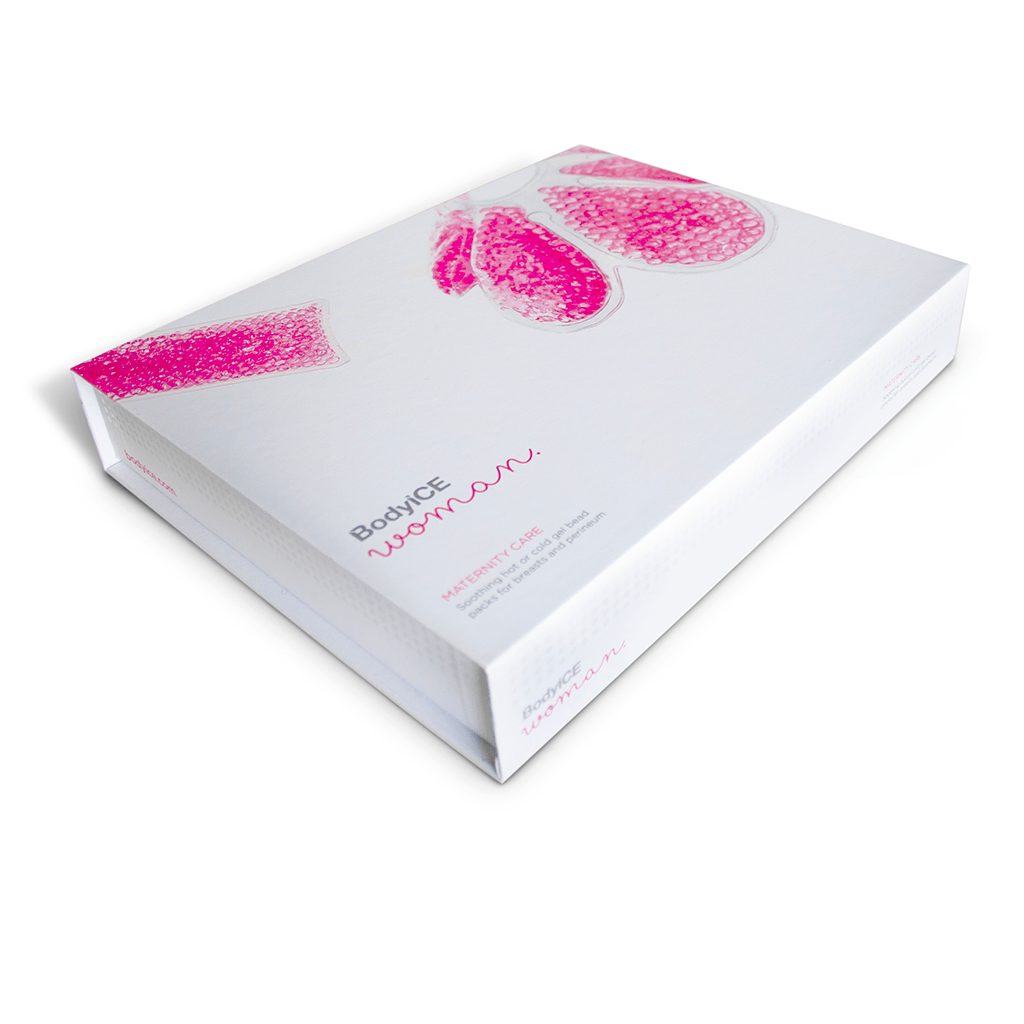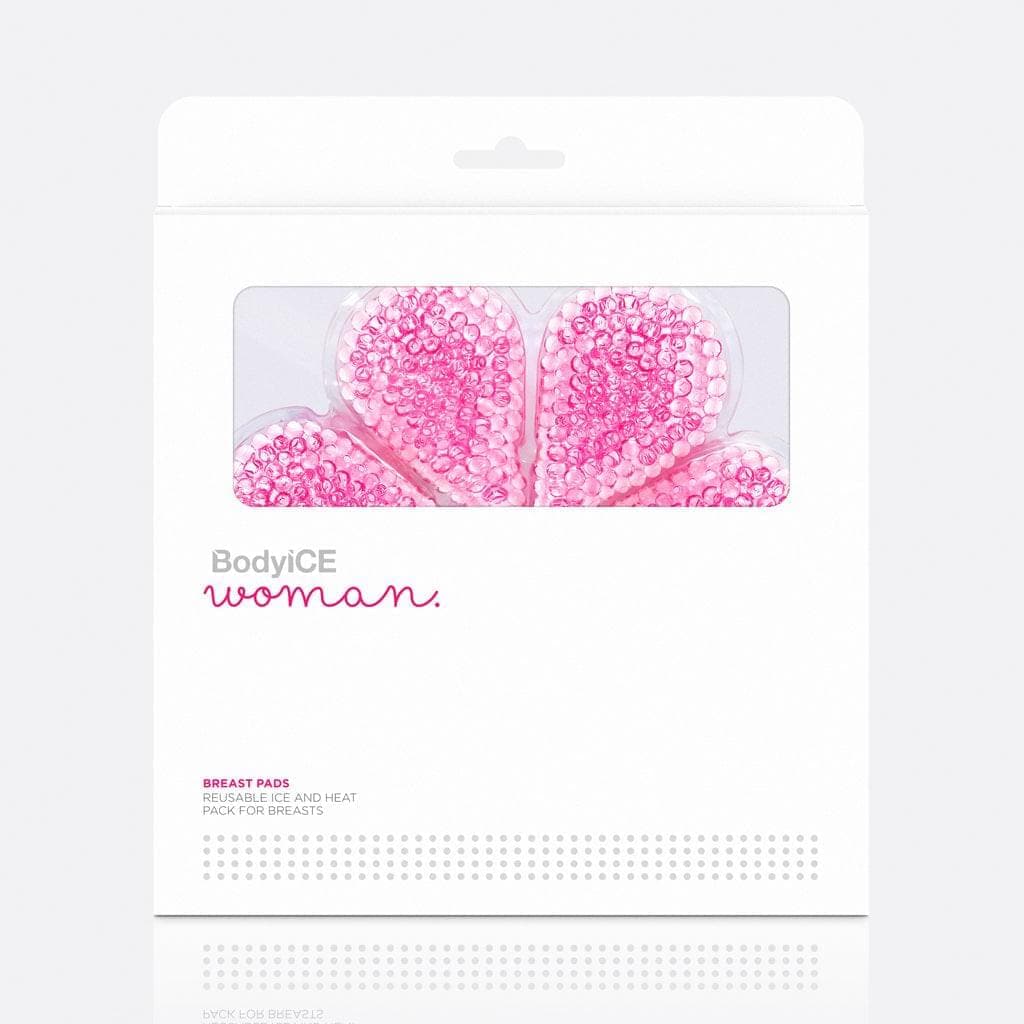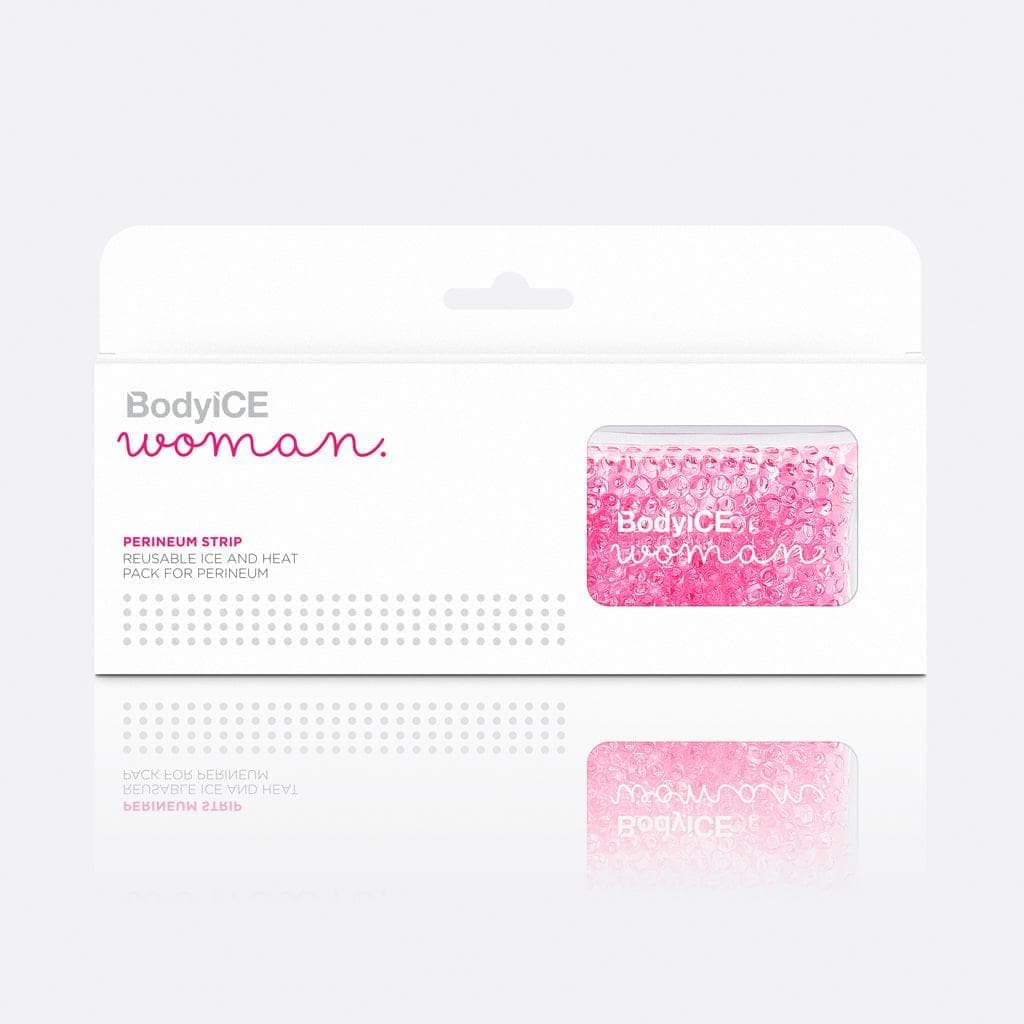The Milk Ejection Reflex
Breastfeeding is a beautiful and natural way to nourish your baby while forming a strong bond with them. However, as a new mum, you may encounter challenges along the way. One common concern is the letdown reflex, also known as the milk ejection reflex. The letdown reflex is a natural physiological response that occurs in lactating women during breastfeeding. It is the process by which milk is released from the mammary glands and flows through the ducts to the nipple, making it available for the baby to feed. While the letdown reflex is a natural and important part of the breastfeeding process, it can also present challenges for new mothers who may struggle to initiate or maintain milk flow.
How Does the Letdown Reflex Work?
The letdown reflex is an essential aspect of breastfeeding, where your body responds to your baby's sucking by releasing milk from the breast. It occurs due to a complex interplay of hormones, nerves, and physical stimulation. When your baby begins to nurse, nerve endings in your nipple send signals to your brain, prompting the release of oxytocin, a hormone responsible for milk production and ejection. This pushing out of milk is known as the let-down reflex or the milk ejection reflex. It happens at the beginning of feeds but there will also be several more throughout the feed, though you may not notice these.
Psychological factors also play a role in the letdown reflex. Positive emotions, relaxation, and anticipation of feeding can stimulate the release of oxytocin and facilitate the letdown reflex. On the other hand, stress, anxiety, and discomfort can inhibit the release of oxytocin and interfere with the letdown reflex.
Ways to Help Facilitate the Letdown Reflex

While the letdown reflex is a natural process, some women may have difficulty initiating or maintaining milk flow. Fortunately, there are several strategies that can be used to help facilitate the letdown reflex and promote successful breastfeeding.
- Proper Latching
Proper latching is essential for successful breastfeeding, as it ensures that the baby is effectively stimulating the nipple and promoting the letdown reflex. Mothers should ensure that the baby's mouth is fully covering the nipple and that the chin is pressed against the breast. The baby's lips should be flanged outwards, forming a seal around the areola.
- Relaxation Techniques
Relaxation techniques such as deep breathing, visualization, or progressive muscle relaxation can help to reduce stress and anxiety, which can inhibit the release of oxytocin and interfere with the letdown reflex. Mothers can practice relaxation techniques before and during breastfeeding to promote the letdown reflex.
- Warm Compresses

Applying a warm compress to the breast before nursing can help to stimulate milk flow and facilitate the letdown reflex. A warm compress, such as our BodyICE Woman Breast Pads should be applied for a few minutes before nursing.
- Massage
Gentle massage of the breast before nursing can help to stimulate milk flow and facilitate the letdown reflex. Mothers can massage their breasts manually or with a breast pump, using a circular motion from the outside of the breast towards the nipple.
- Skin-to-Skin Contact
Skin-to-skin contact with the baby can help to stimulate the letdown reflex by promoting the release of oxytocin. This can be done by holding the baby against the bare chest or by practicing kangaroo care, where the baby is placed in a sling against the mother's chest.
Breastfeeding is a remarkable journey that allows you to provide optimal nourishment and create a special bond with your baby. Understanding and managing the letdown reflex is crucial for a smooth breastfeeding experience. By recognizing the signs, creating a relaxing environment, and utilising techniques like warm compresses or cold therapy, you can navigate the letdown reflex with confidence.
Remember, each breastfeeding journey is unique, and it's normal to face challenges along the way. Seek support from lactation consultants, support groups, or healthcare professionals to address any concerns you may have. Embrace this beautiful experience and cherish the moments of connection and nourishment with your little one.
To all the new and breastfeeding mums out there, you're doing an amazing job! Happy breastfeeding!

Note: For professional advice and personalised guidance, always consult your healthcare professional or lactation consultant.










Leave a comment
All comments are moderated before being published.
This site is protected by reCAPTCHA and the Google Privacy Policy and Terms of Service apply.